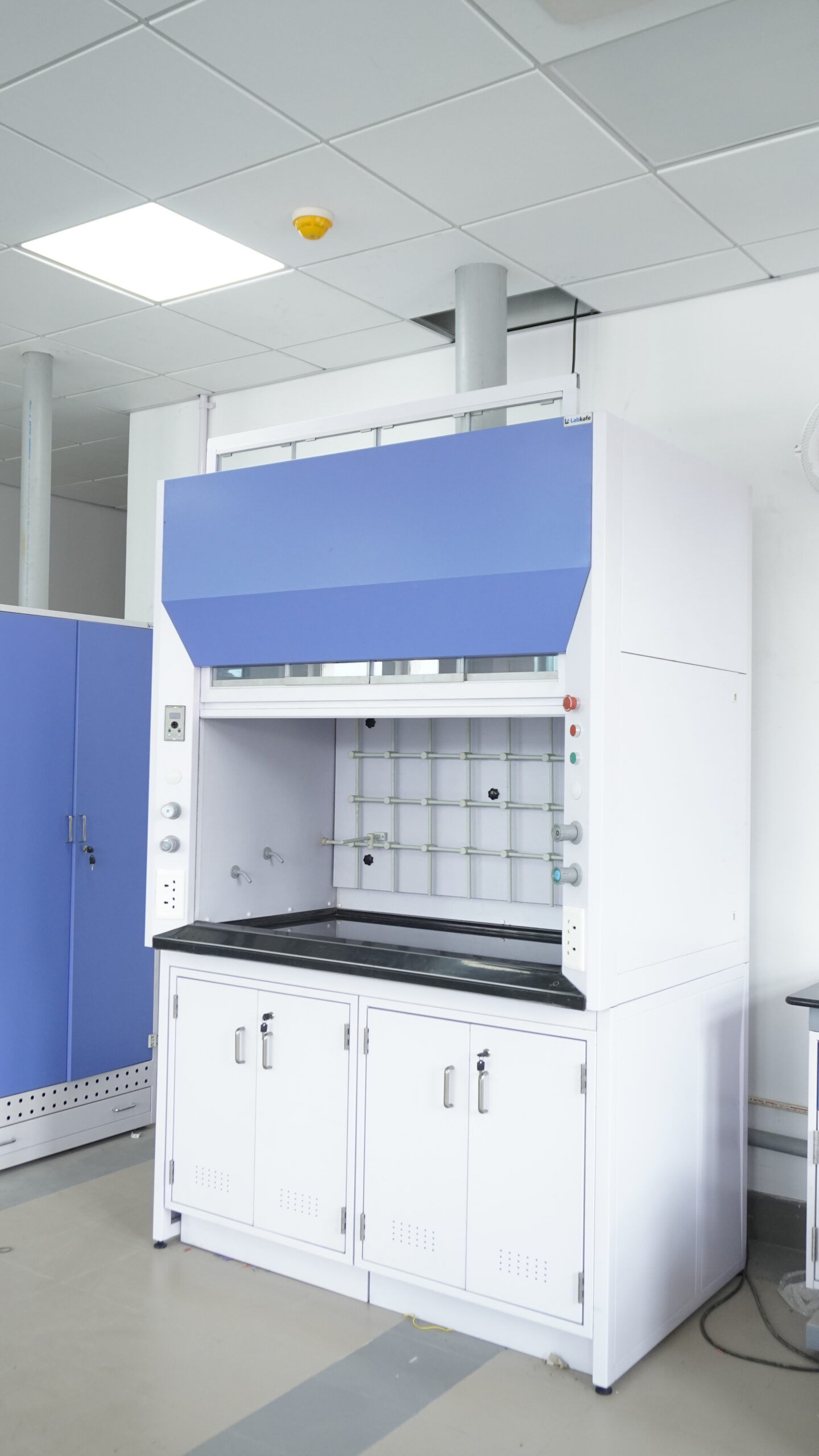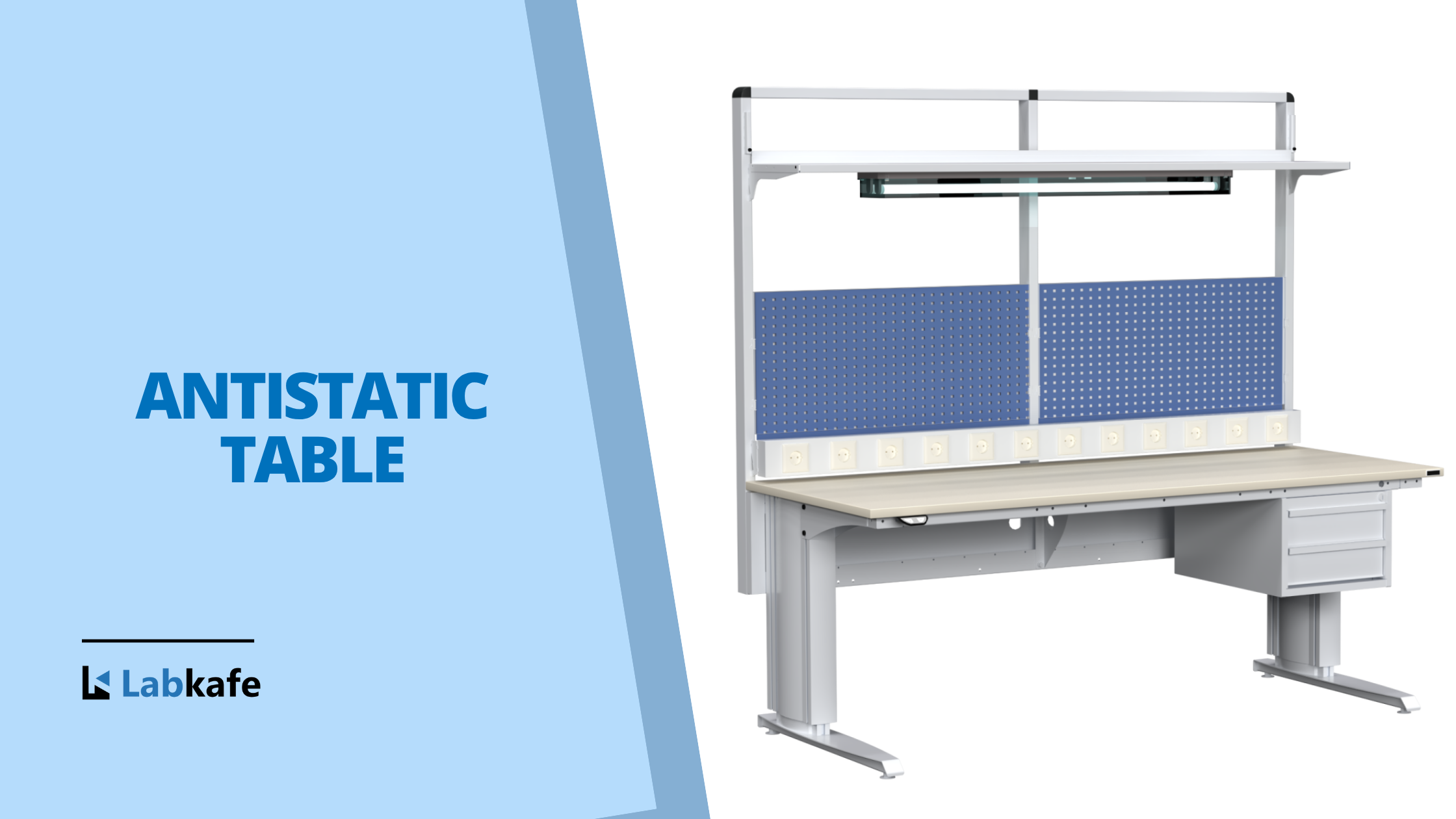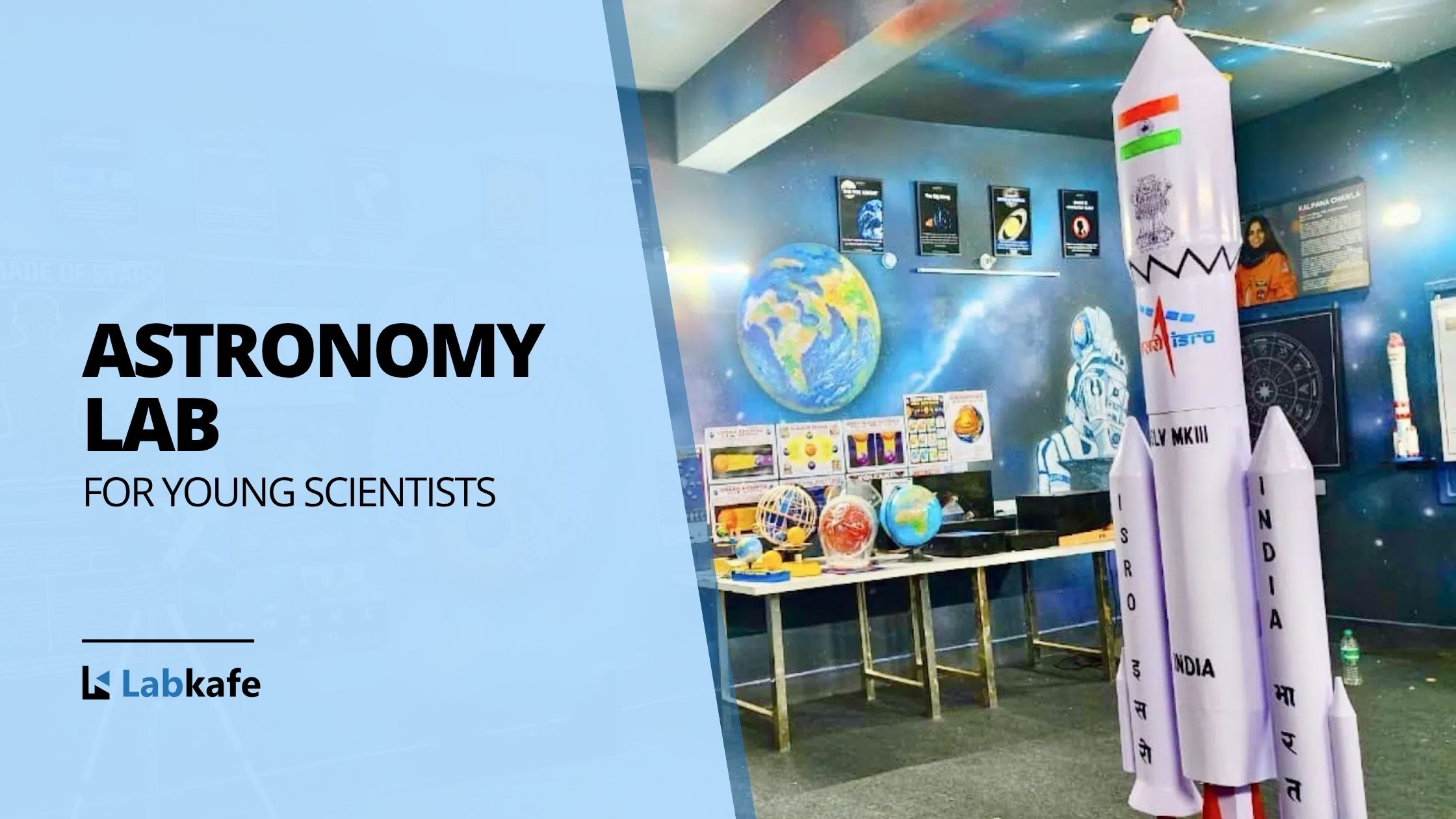Find the right telescope for your science classes. This is a complete guide to the right telescope for your school. Browse the different models that are available and choose the one that suits you!
What is a telescope?
A telescope is an optical device used to observe objects at great distances, such as celestial bodies like stars or planets, or distant terrestrial objects. It collects a large amount of light through the wide aperture of its objective lens, enabling us to view objects that would otherwise remain invisible to the naked eye due to insufficient light collection. Additionally, the eyepiece contains another lens that magnifies the formed image, allowing us to see distant objects clearly. Depending on the type of telescope, this final image may appear inverted.
What are the 2 types of telescopes?
Telescope optics utilize either lenses or mirrors. Telescopes that rely solely on lenses are known as refracting telescopes, while those incorporating mirrors are referred to as reflecting telescopes.
How are telescopes made?
Telescopes use lenses or mirrors to redirect light and create a clear, magnified image of distant objects. Reflecting telescopes use mirrors, while refracting telescopes rely on lenses to focus light. The objective lens or mirror collects as much light as possible from the observed object. This gathered light is then focused by the objective lens or mirror and directed toward the observer’s eyes, producing a clear, magnified image on the retina.
Mirrors or Lenses- which is better?
Modern telescopes predominantly use mirrors because they address many challenges associated with lenses. Although crafting a perfect mirror is difficult, creating a flawless lens is even more complex. Large lenses are heavy, making them hard to maneuver and maintain in the correct position. As lenses increase in size, they become thicker, reducing the amount of light that passes through. Additionally, lenses must have perfectly smooth surfaces on both sides, as any imperfections distort the image.
Mirrors, on the other hand, are lighter for their size and require only a single surface to be smooth and reflective. They are easier to clean and polish, and large mirrors only need the correct curvature for optimal performance. Although mirrors produce an inverted image, this can be corrected with an additional mirror.
Most space telescopes, such as the Hubble Space Telescope, the Spitzer Space Telescope, and the James Webb Space Telescope, use mirrors because they are lightweight and efficient.
What is the best smallest telescope for science classes?
Telescopes are large optical devices typically accessible only in high-tech laboratories, such as the Jet Propulsion Laboratory at NASA. However, to demonstrate the basic principles behind how telescopes work and provide a foundational understanding of telescope optics, Labkafe has designed the Astronomical Telescope model. This model uses two convex lenses to showcase the functionality of an astronomical telescope. The image produced is virtual, inverted, and highly magnified. This Astronomical Telescope model offers an affordable alternative to real telescopes, making it the ideal telescope for science classes.

Telescope for science classes by Labkafe
Astronomical Telescope for Science Classes
The Labkafe Astronomical Telescope comes in three variations, each designed to meet the demonstration needs of schools:
Astronomical Telescope with Tripod Stand
This model offers a high-quality design, ideal for demonstrations.
Skywatcher Refractor Telescope with AZ2 Mount
Featuring an achromatic refractor with a 70mm lens and a focal length of 700mm, this telescope provides a magnification of 140X.

Skywatcher Refractor Telescope with EQ2 Mount
This model is equipped with a 90mm achromatic lens and a focal length of 900mm, offering a magnification of 180X.
These telescopes are suitable for both terrestrial and astronomical observations. While distant stars may not be visible, the outlines of celestial bodies like Saturn and the Moon can be clearly observed. This gives students a tangible understanding of a telescope’s capabilities, allowing them to visualize the wonders of the universe.
Small telescope for science classes- price in India
The Astronomical Telescope Model by Labkafe offers the following varieties:
- Astronomical/Terrestrial Telescope with Tripod Stand
- Price: Under ₹10,000
- Skywatcher Refractor Telescope with AZ2 Mount
- Price: Under ₹30,000
- Skywatcher Refractor Telescope with EQ2 Mount
- Price: Under ₹60,000

To get your own telescope for science classrooms, contact our lab experts today!












Leave a Reply